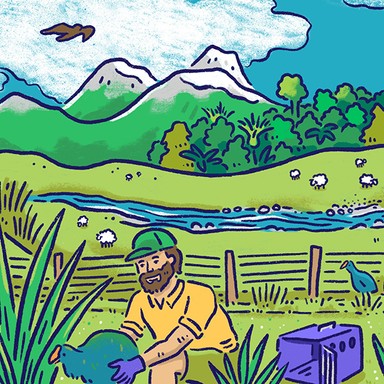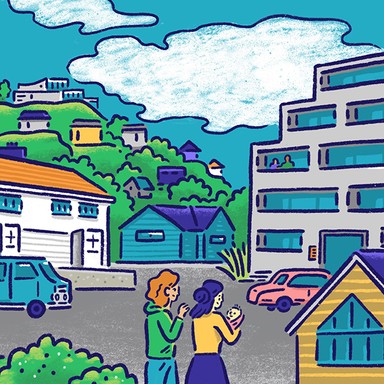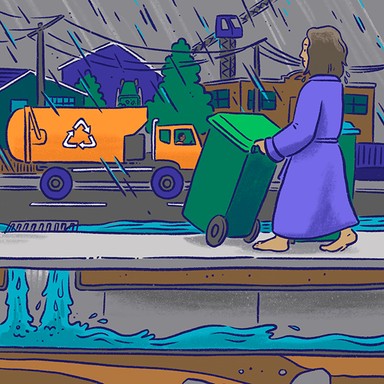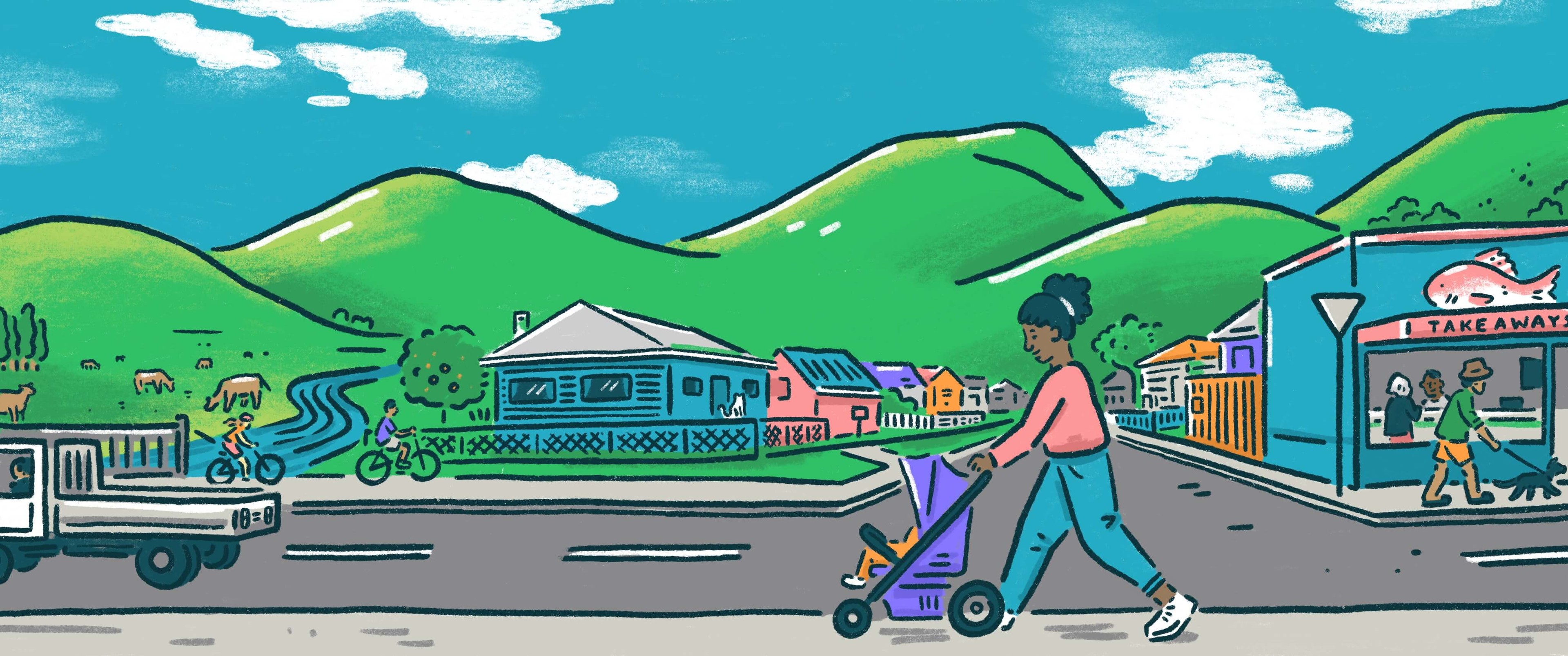
Marlborough District Council
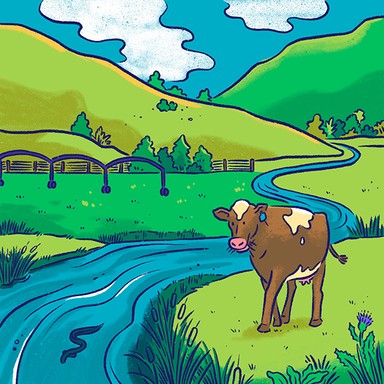
Freshwater
The worsening state of New Zealand’s lakes and rivers is a major challenge for regional councils, which play a leading role in managing freshwater in their areas. To this end, regional councils create plans to protect water resources from contaminants and overuse.

Freshwater
The worsening state of New Zealand’s lakes and rivers is a major challenge for regional councils, which play a leading role in managing freshwater in their areas. To this end, regional councils create plans to protect water resources from contaminants and overuse.
Ensure all freshwater is of the highest quality, quantity and flow; and fit for purpose for drinking, swimming, washing and irrigation.
Promote better, more efficient utilisation of stormwater through collection and reuse of all water from roofs.
Aim to ensure all waterways in the region are swimmable.
Eliminate or minimise any potential contaminant from entering waterways in the region.
Ensure the minimum flow required to keep a waterway in good condition is adhered to when irrigation consents are granted by council.
Encourage and enable riparian plantings around waterways.
Enable landowners to fence significant streams and wetlands.
Encourage specific soil science in conjunction with informed IRI calc measures.
Seek solutions with forestry sector to ensure effects of pine plantations and harvesting operations minimise water degradation and usage.
Aim for all local rivers and waterways to meet swimmable standards, with targeted annual improvements of water quality.
Ensure council policy and plans allow sufficient water take to sustain industries, leaving adequate water for in-stream biodiversity.
Once community understands our role on earth and is connected to nature, responsibility becomes an individual need.
Ensure all freshwater is of the highest quality, quantity and flow; and fit for purpose for drinking, swimming, washing and irrigation.
Promote better, more efficient utilisation of stormwater through collection and reuse of all water from roofs.
Aim to ensure all waterways in the region are swimmable.
Eliminate or minimise any potential contaminant from entering waterways in the region.
Ensure the minimum flow required to keep a waterway in good condition is adhered to when irrigation consents are granted by council.
Encourage and enable riparian plantings around waterways.
Enable landowners to fence significant streams and wetlands.
Encourage specific soil science in conjunction with informed IRI calc measures.
Seek solutions with forestry sector to ensure effects of pine plantations and harvesting operations minimise water degradation and usage.
Aim for all local rivers and waterways to meet swimmable standards, with targeted annual improvements of water quality.
Ensure council policy and plans allow sufficient water take to sustain industries, leaving adequate water for in-stream biodiversity.
Once community understands our role on earth and is connected to nature, responsibility becomes an individual need.
Mayor
Compare the mayoral candidates in your area
Local council
Compare the candidates for your city or district council
Regional council
Compare the candidates for your regional council
Local board
Compare the candidates for your local or community board

